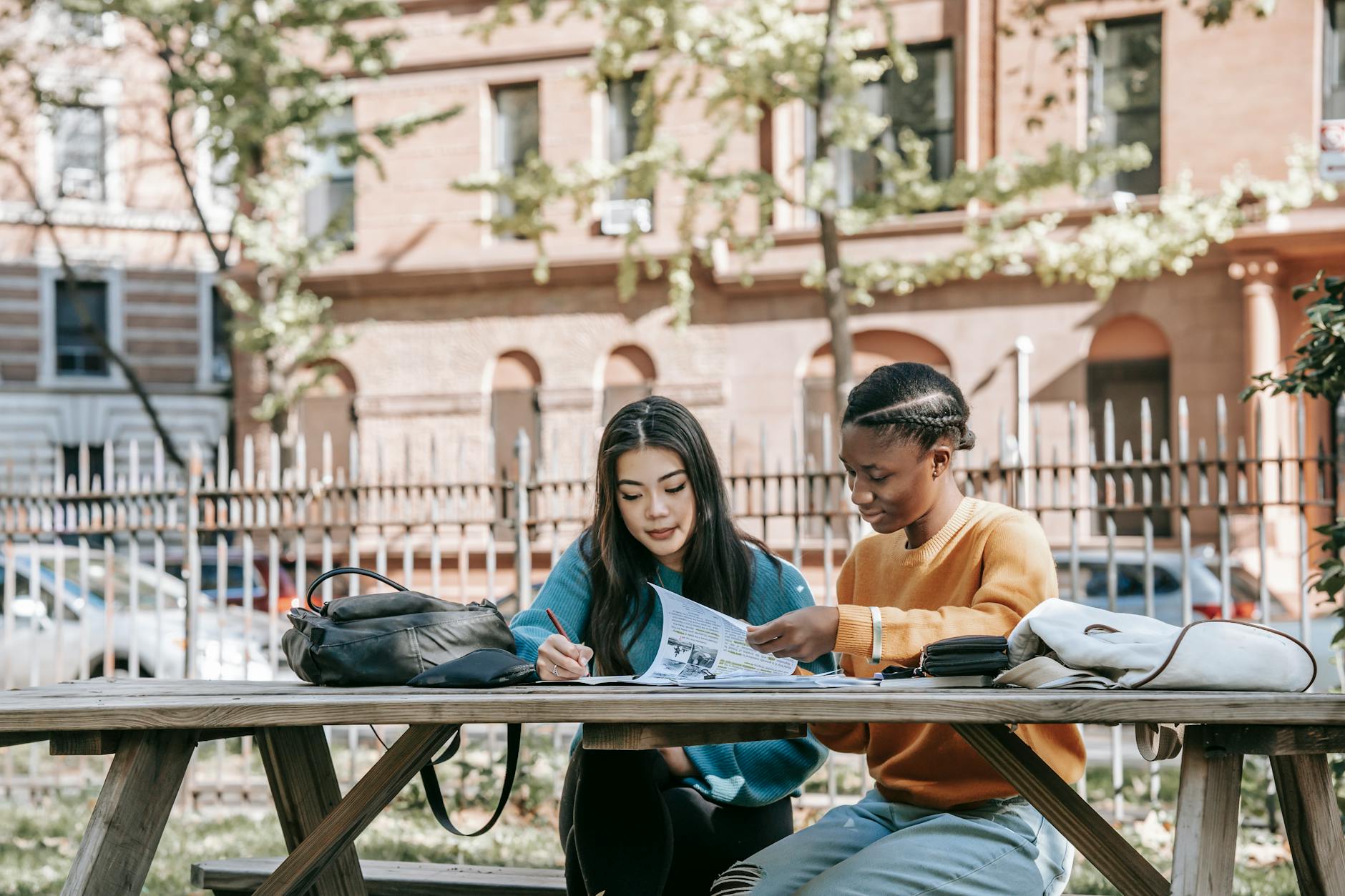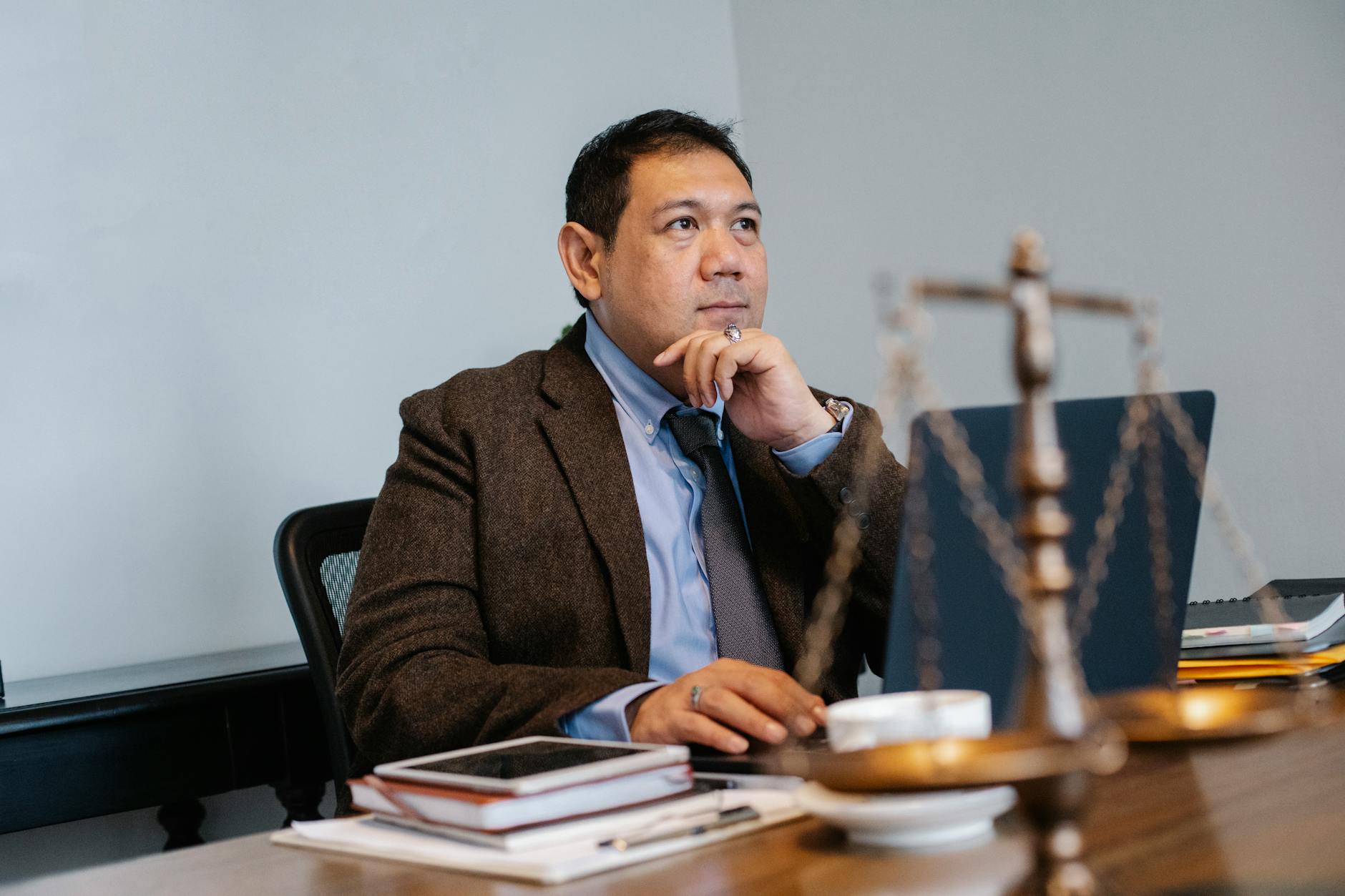How to Enhance Your Lifestyle through Physiotherapy in Australia

Benefits of Physiotherapy
Physiotherapy offers a variety of benefits, particularly for individuals striving to maintain or elevate their fitness levels. When one considers the vibrant energy of places like Federation Square in Melbourne, it’s clear how an active lifestyle fits effortlessly into the city’s ethos. By engaging with physiotherapy, one can significantly enhance their overall fitness. This doesn't just target peak physical abilities but also focuses on maintaining optimal health and performance.
Improving Fitness Levels
Physiotherapy can play a critical role in improving fitness levels. Engaging in techniques curated by experts, such as those you'll find at physio Melbourne, helps in sculpting and strengthening muscle groups, increasing cardiovascular endurance, and enhancing overall physical well-being. By incorporating specially designed routines that consider individual needs and anatomical differences, fitness levels can be boosted efficiently.
Enhancing Recovery and Healing
Recovery and healing are vital aspects where physiotherapy shows remarkable prowess. Facilities like physio hornsby provide customized recovery plans that help in reducing inflammation, regaining mobility, and managing pain. These tailored programs are essential for anyone looking to accelerate recovery times and return to daily activities or sports.
Promoting Long-term Health
Long-term health promotion is another key benefit of physiotherapy, which you can explore at physio scarborough. By adopting a structured approach toward regular therapy sessions, individuals can mitigate chronic conditions and prevent potential injuries. The focus shifts from treating symptoms to nurturing a holistic, preventative mindset that promotes health and well-being over time.
Incorporating Techniques in PE
Injury Prevention Methods
Incorporating injury prevention into physical education can greatly enhance student safety and confidence. As a PE teacher, one effective method I employ involves teaching students proper form before engaging in activities, which is crucial in preventing common injuries. Educating students about body mechanics and encouraging them to listen to their bodies helps in sidestepping potential hazards. As you incorporate these techniques, you might want to consider visiting physio bundoora for expert insight or even local workshops to bolster your knowledge.
Flexibility and Stretching Routines
Flexibility and stretching are pillars of preventing injuries and improving student performance. Implementing a daily routine that includes static and dynamic stretches can warm up their muscles and increase their range of motion. A colleague once recommended integrating stretches done during the stylish Sunday markets at Queen Victoria Market into our routines for creative engagement. Encouraging students to think of stretching as a foundational habit helps them gain control over their body movements, which can translate to better performance in sports and other activities.
Strength-building Exercises
Integrating strength-building exercises is essential for comprehensive physical education but is often overlooked. These exercises help in improving muscle endurance and supporting overall body function. Including bodyweight exercises such as push-ups, squats, and lunges is a fun way for students to engage in strength-building without needing special equipment. For a deeper understanding, you might experiment with sessions inspired by programs at physio beaumaris, adapting them to fit the energy and enthusiasm you find along Chapel Street. By embedding these techniques into the curriculum, students are not only learning valuable physical skills, but they are also adopting habits that promote lifelong well-being.
Engaging Students with Physiotherapy
Creative Learning Activities
Incorporating creative learning activities into physical education can ignite students' interest and enhance their understanding of physiotherapy. Engaging games that mimic real-life scenarios can help students grasp key concepts safely. Whether it's simulating a race through a mock Federation Square course or employing obstacle-based challenges, these activities keep lessons dynamic and informative. Adding elements like props or themed days could also encourage teamwork, a crucial aspect of sports and therapy. By gamifying learning, students maintain enthusiasm while imbibing essential skills like balance and coordination, pivotal to overall development.
Real-world Case Studies
Real-life case studies can bridge the gap between theory and practice, providing students with relatable experiences. Presenting stories of renowned athletes and their rehabilitation journeys can add context while showcasing the benefits of timely therapy interventions. Discussing cases from local clinics, perhaps a physio warners bay practitioner aiding a regional team in recovery, can further cement these learnings in students' minds. Through such narratives, students see the cause-and-effect of injuries and recovery, making the process comprehensible.
Interactive Workshops and Demonstrations
Interactive workshops can transform mundane lessons into exciting explorations. Hosting demonstrations by experts, maybe a visit from a physio parramatta professional, could bolster students' interest. These hands-on sessions allow for immediate practice of learnt techniques, transforming theoretical knowledge into practical application. By enabling students to experiment with therapeutic tools or observe live demos within the school gym, they gain firsthand insight. Such workshops not only hone skills but also emphasize the importance of physiotherapy in everyday sports and health practices.
Challenges in Implementation
Resource Accessibility
Accessing resources that cater to teenage physiotherapy education can be tricky. As a PE teacher, finding age-appropriate materials that engage and educate students isn't straightforward. It's essential to seek out physiotherapy resources, like physio coffs harbour, that are comprehensive and designed with the teenage audience in mind. Effective resources can include online modules, interactive tools, or collaborations with local professionals that address common physical concerns teens might have.
Balancing Curriculum with Admin Work
Juggling curriculum planning and administrative duties can stretch one's schedule thin. Ensuring a quality educational experience demands time and dedication both in and out of the classroom. Introducing physiotherapy concepts might feel overwhelming if you're already swamped with paperwork. Streamline your approach by incorporating physiotherapy elements into existing lessons rather than trying to create separate, stand-alone units.
Customizing for Teen Development
Teen years are a critical developmental phase, and their bodies respond differently to physical activities compared to adults. Customising physiotherapy practices to fit their developmental needs can foster long-term well-being. Engage with physiotherapy experts to tailor activities that are suitable for their age, such as those discussed in physio essendon. This ensures that all introduced activities are both safe and beneficial for your students' unique growth stages.
Expert Tips for Educators
Embrace Ongoing Professional Growth
Staying ahead in the education field means never resting on your laurels. Engage in continuous professional development programs, tailored for teachers passionate about physiotherapy. This could be workshops held at local institutions or online courses from reputable universities. Keeping abreast of the latest techniques not only boosts your confidence but infuses your teaching with fresh energy. Plus, with the city's rich backdrop, attending workshops near Federation Square offers a wonderful mix of learning and leisure.
Foster Partnerships with Physiotherapy Specialists
Building bridges with local experts in the field can be immensely beneficial. Consider reaching out to physiotherapists who practice near prominent Melbourne spots like the Queen Victoria Market. Inviting a specialist for a guest lecture or even a practical demonstration can add depth and authenticity to the classroom experience. Your students will likely enjoy a perspective that marries real-world application with theoretical knowledge, providing them a holistic approach to their studies.
Nurture a Supportive Community
Establishing a robust community network can transform the educational experience for both teachers and students. Engage with fellow educators through local meet-ups or forums, perhaps hosted along vibrant locales like Chapel Street. Sharing experiences, resources, and tips fosters a nurturing educational environment. Moreover, connecting with parents and the school community ensures everyone is aligned, which significantly enhances students’ engagement and outcomes. Through these connections, a supportive ecosystem grows, enhancing the integration of physiotherapy into your school’s program.


